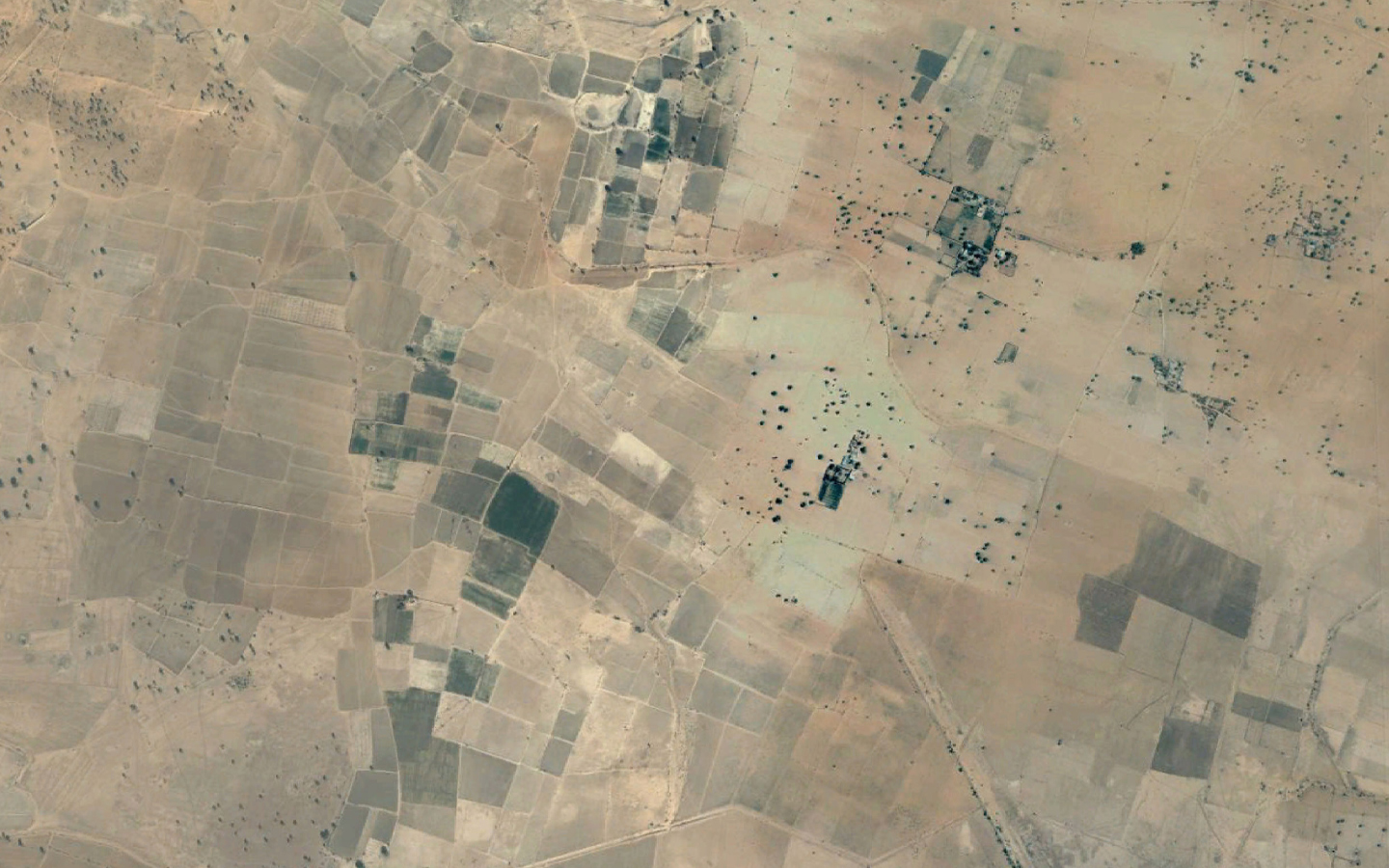
Dhun is situated on 500 acres of degenerated land that had no water, less than 30 trees and a dry saline expanse that was unfit for agriculture. We conducted an in-depth study of the geography, hydrology, topography, atmosphere, soil types, agriculture and indigenous vegetation that existed in and around the site for decades.

We now have over 180 species of resident and migratory birds including the vulnerable Common Pochard and Southern Grey Shrike, and the near-threatened White-eyed Pochard. Thousands of invertebrates, mammals and reptiles have also made this land their home, including the vulnerable Indian Flapshell Turtle.
Dhun aims to be self-sufficient in its agricultural production. We harvest water, prepare soil with Jeevamrut (organic fertilizer), and use traditional permaculture techniques to grow everything organically. So far, on approximately 85 acres of land, we produce local varieties of grains and pulses — most of which don’t need to be irrigated. Our kitchen garden grows over 60 varieties of seasonal vegetables and herbs.
Dhun’s farm raises native and purebred cattle and poultry. Our animals play a vital role in bringing back life to this land. Their daily grazing movement naturally bioengineers the soil and also helps in increasing the soil’s organic content. Currently, we produce over 2000L of manure and 120L of A2 grade milk every day.